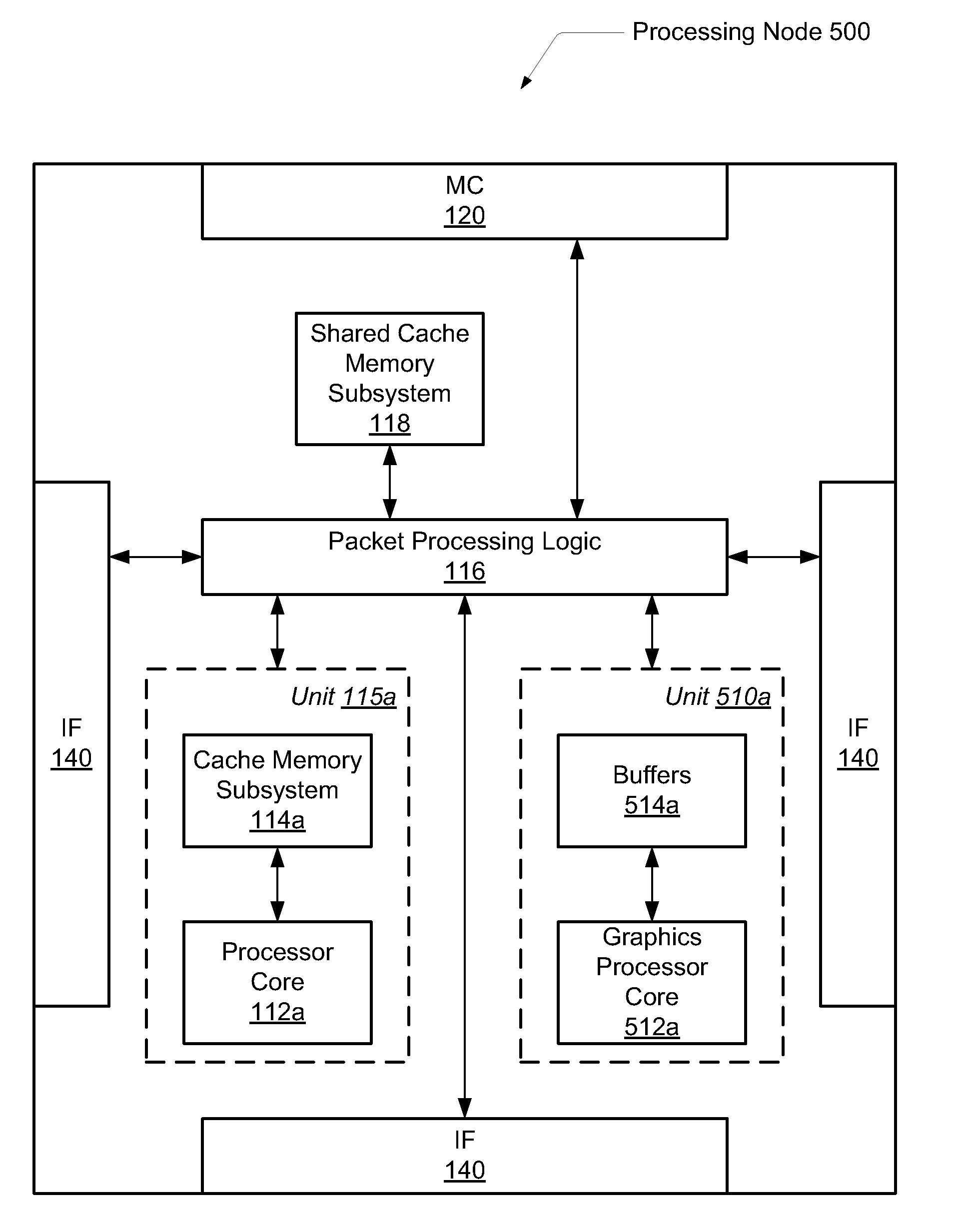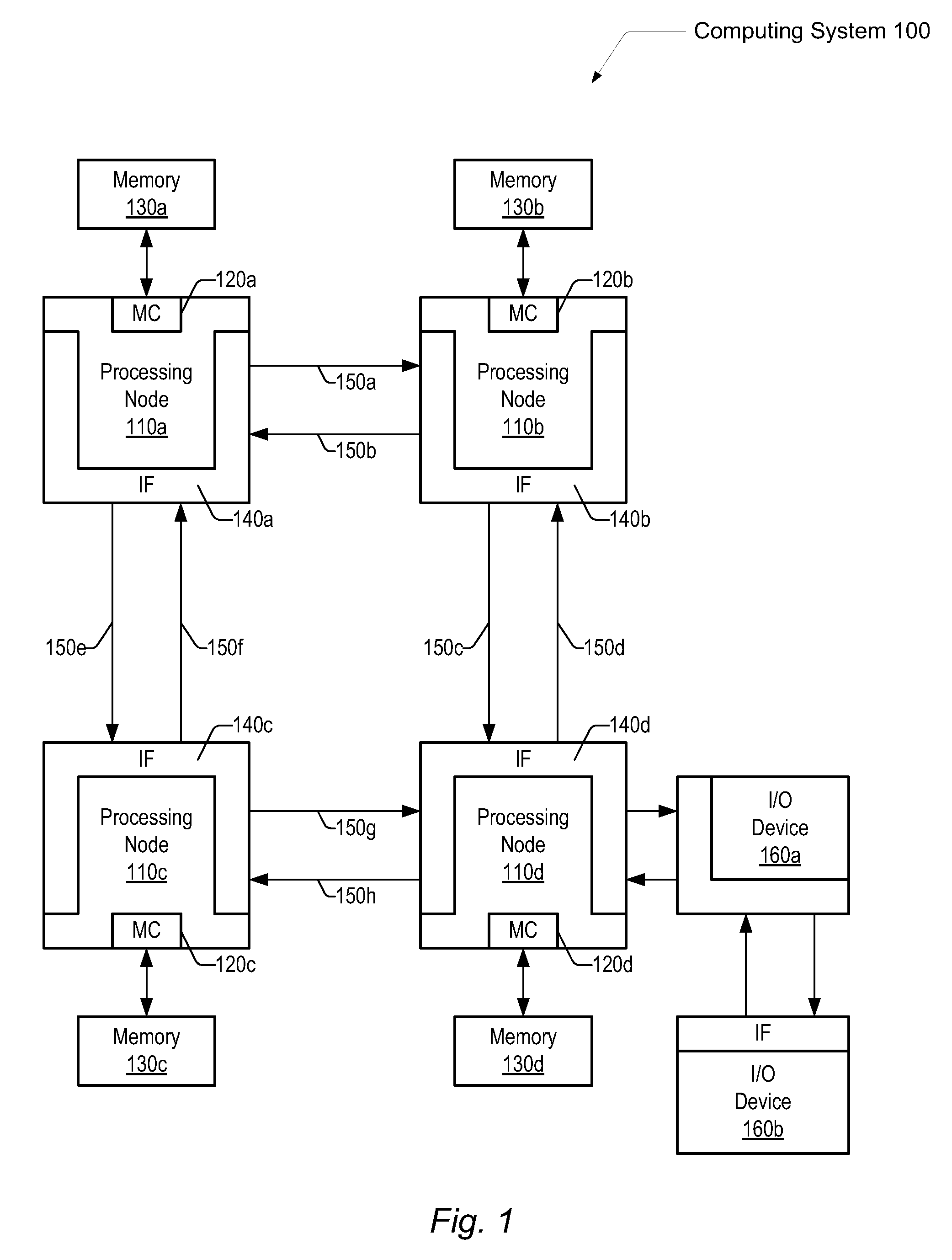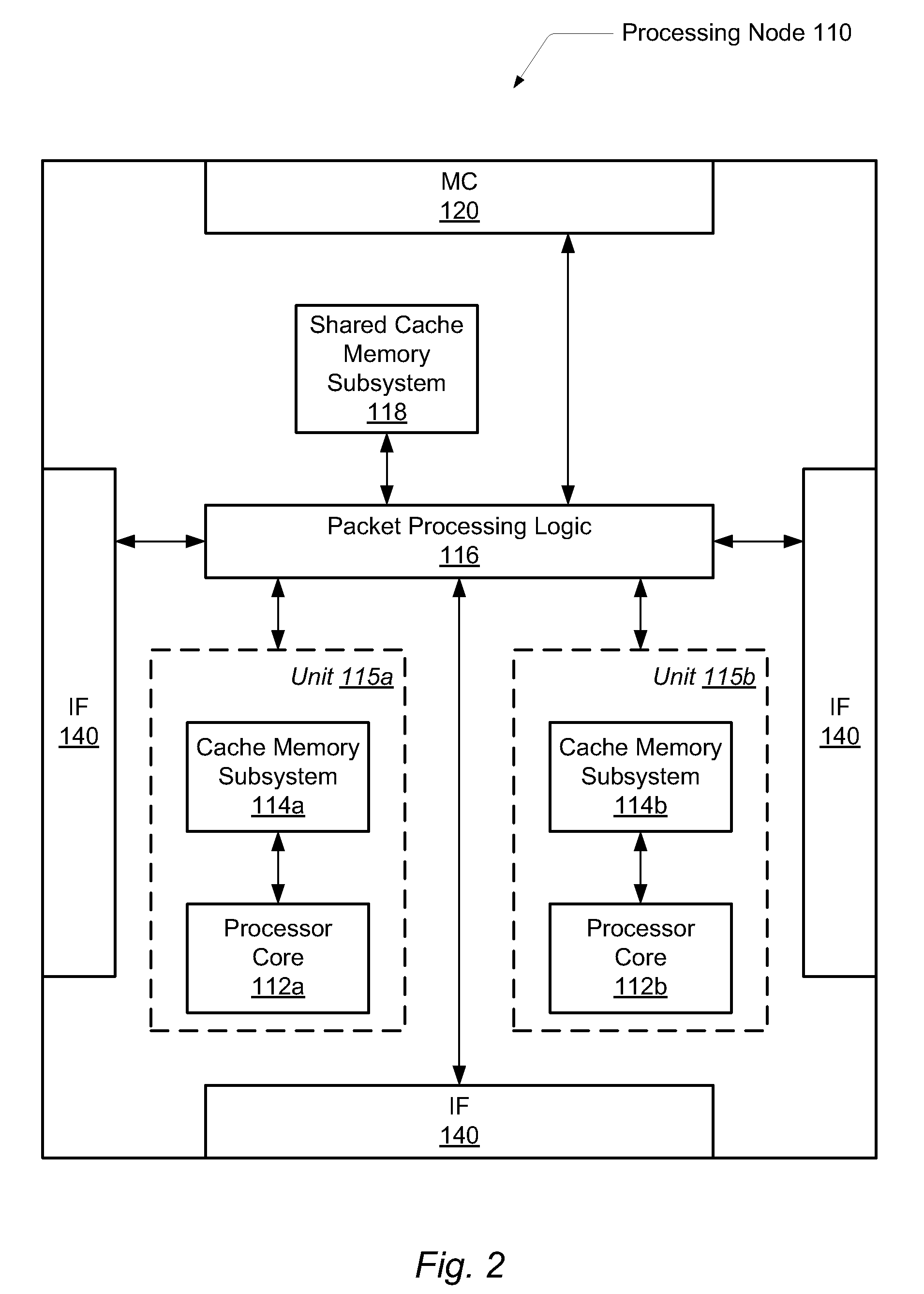GPU assisted garbage collection
a garbage collection and gpu technology, applied in computing, memory adressing/allocation/relocation, instruments, etc., can solve the problems of not being efficient with highly parallel tasks, and achieve the effect of reducing burden and inefficiency on the cpu, improving cache locality, and efficient algorithm operation
- Summary
- Abstract
- Description
- Claims
- Application Information
AI Technical Summary
Benefits of technology
Problems solved by technology
Method used
Image
Examples
Embodiment Construction
[0022]In the following description, numerous specific details are set forth to provide a thorough understanding of the present invention. However, one having ordinary skill in the art should recognize that the invention may be practiced without these specific details. In some instances, well-known circuits, structures, and techniques have not been shown in detail to avoid obscuring the present invention.
[0023]Referring to FIG. 1, one embodiment of a computing system 100 is shown. Computing system 100 includes a plurality of processing nodes 110a-110d. Although four nodes are shown in FIG. 1, other embodiments may comprise a different number of nodes each comprising one or more processor cores. As used herein, elements referred to by a reference numeral followed by a letter may be collectively referred to by the numeral alone. For example, processing nodes 110a-110d may be collectively referred to as processing nodes 110, or nodes 110. Each node 110 may be coupled to a respective mem...
PUM
 Login to View More
Login to View More Abstract
Description
Claims
Application Information
 Login to View More
Login to View More - R&D
- Intellectual Property
- Life Sciences
- Materials
- Tech Scout
- Unparalleled Data Quality
- Higher Quality Content
- 60% Fewer Hallucinations
Browse by: Latest US Patents, China's latest patents, Technical Efficacy Thesaurus, Application Domain, Technology Topic, Popular Technical Reports.
© 2025 PatSnap. All rights reserved.Legal|Privacy policy|Modern Slavery Act Transparency Statement|Sitemap|About US| Contact US: help@patsnap.com



